Here are 30 June writing prompts from journal prompts to story starters to skill building prompts. Try one and keep your writing sharp this summer.
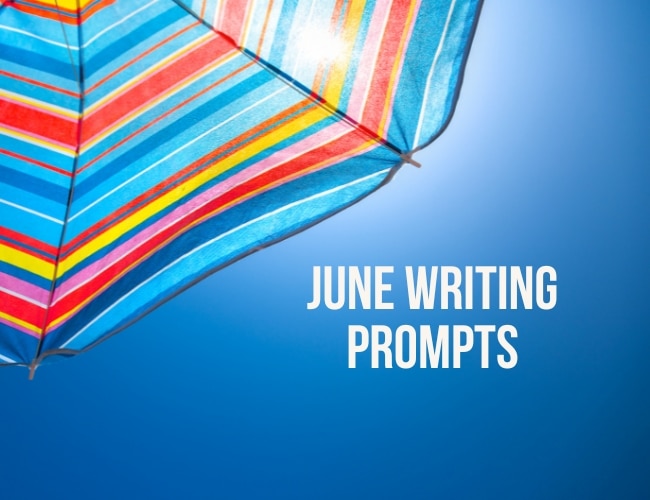
At The Write Practice, we publish a new article each day designed to help writers tackle one part of their writing journey, from generating ideas to grammar to writing and publishing your first book. Each article has a short practice exercise at the end to help you immediately put your learning to use.
Check out the latest articles below or find ones that match your interest in the sidebar.
And make sure to subscribe to get a weekly digest of our latest posts, along with our free guide, 10 Steps to Become a Writer.

Here are 30 June writing prompts from journal prompts to story starters to skill building prompts. Try one and keep your writing sharp this summer.

Whether you’re self publishing or you have a traditional publisher, it’s up to you to sell your books. Email marketing is the number one way to sell books. But in order to use email marketing effectively, you first have to gather a list of email addresses, a group of readers who want to hear from you.
Struggling to build your list? Try this.

I’m sure this never happens to you, but there are times when I don’t feel very creative. We just had a new baby, our second, bought a house, our first, and are now busy managing a thousand new details. All the busywork and bill paying leaves me feeling pretty dry.
But no matter how un-creative I’m feeling, there’s one creative writing exercise that never fails to fire up my writing.
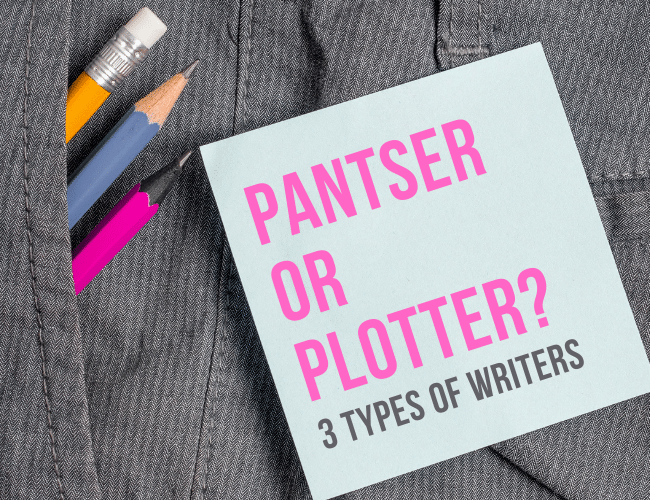
Have you heard the term pantser before? When it comes to plot structure are you one?
There are all types of writers, but most writers fall into one of the three categories: pantser, plotter, or planster (a combination of the two).
While there’s no (necessarily) right or wrong way to approaching structure, writers who fall into their certain category do so with pride.
Today, let’s talk about what kind of writer a pantser is. Maybe you’ll even discover the kind of writer you are—possibly someone who writes by the seat of your pants, or someone who takes a general idea and writers pages of background and structure before moving forward.
Let’s find out!
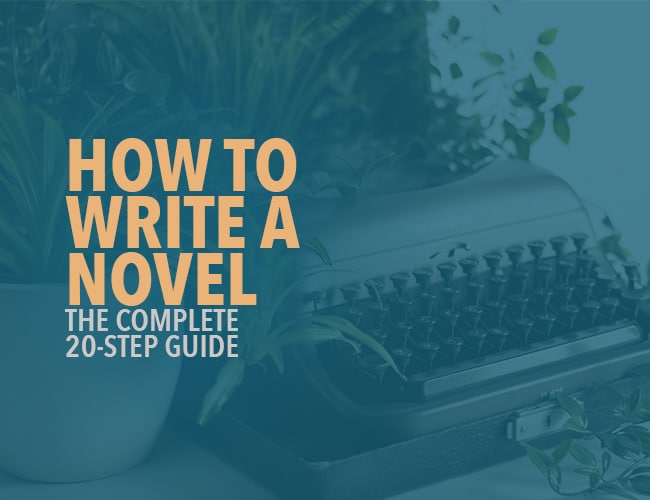
What if you could begin your novel without the fear of failing? What if you had a process so foolproof, you knew you would finish no matter what? The zombie apocalypse could finally strike and you’d still finish writing your novel.
The good news is you’ve found the write place (sorry, bad habit).

It’s your dream to publish and sell a book. Thankfully, there’s never been a better time to do it, as all the tools you could possibly require are at your fingertips. And the best news is that many of them don’t cost a penny, allowing you to publish, market, and sell your book for free! All you have to do is figure out how to sell books.
Of course, what you don’t pay in cash you will be paying in gumption. As with any publishing route, there are pros and cons to using mostly free resources, and I’ll illustrate those as we go so hopefully you can avoid some of the mistakes I made in my own free publishing journey.
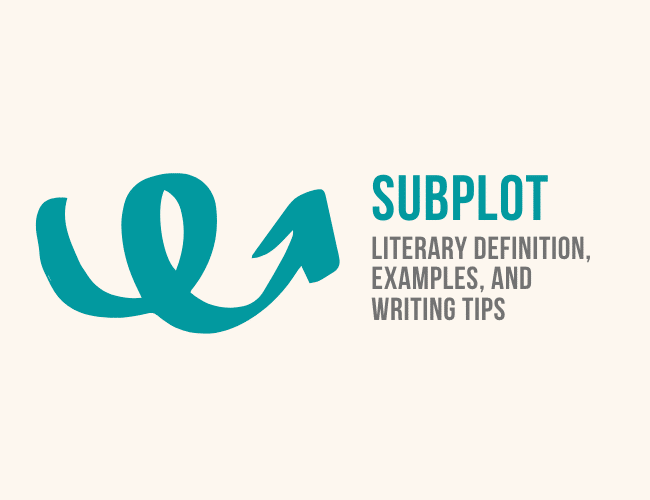
Stories are complicated, twisty, multi-faceted things. At some point, in many of the best stories, it feels like everything is in complete chaos, and then, seemingly all at once, it’s as if the chaos has come to a head in a way that makes everything line up perfectly.
And one of the best tools in a writer’s tool belt is the subplot.
But what is a subplot? How can you spot it in the books and stories you love most? And if you’re a writer, how do you use it to tell better stories?
In this article, I’m sharing everything you need to know about subplots. I’ll start with the definition of the literary term, then show you how it fits into a story structure, examples of some of my favorite subplots, and even tips from my own experience on writing novels with subplots.

Your story’s setting includes everything that affects your characters. It is the environment in which they live, breathe, and find meaning. It is where they fail and learn to succeed. All this to say, your story’s environment matters.

We recently talked about how long your blog posts should be. Today, let’s talk about how to write a blog post that helps you accomplish your writing goals, and the three blog post templates that can help you accomplish this.
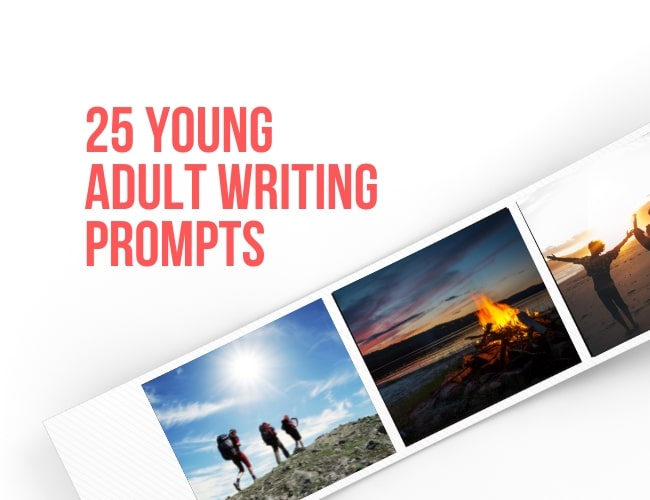
Some of the books that make the biggest impact on us as readers are the books we read as children and teens. If you want to write for teens, today we have some young adult YA writing prompts to get your creative juices flowing. Use one of these story ideas to write your own YA story!